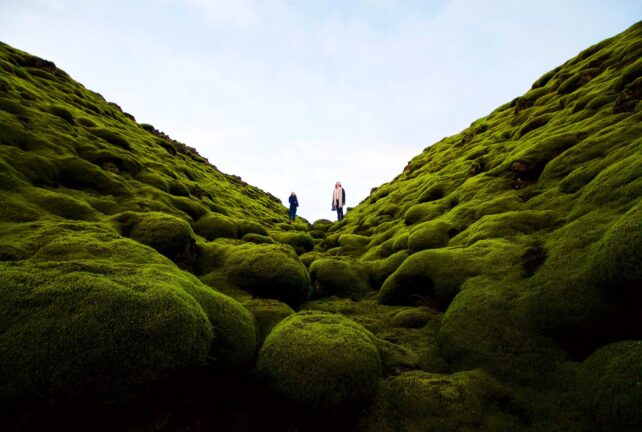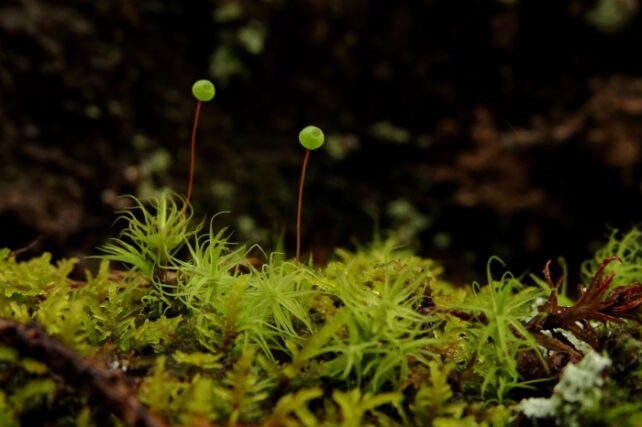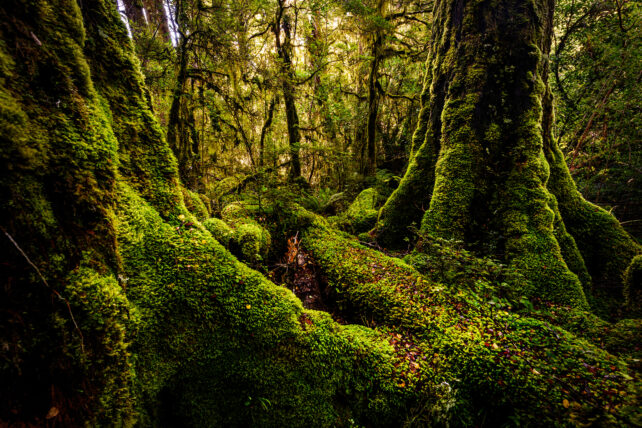More like a verdant rug than a forest or pasture, the humble moss packs a surprising lot of punch for being such a small plant. In an amazing new study, researchers have only just discovered how vital this diverse group of itty-bitty botanicals is to ecosystems around the world.
"We were gobsmacked to find that mosses were doing all these amazing things," exclaims David Eldridge, an ecologist at the University of New South Wales, Australia.
Sampling mosses from over a hundred sites across eight different ecosystems, Eldridge and colleagues estimated populations of the plant cover a staggering 9.4 million square kilometers in the types of environments surveyed. This is comparable to the size of China or Canada.

Ancestors of all today's living plants, these ancient organisms are more simplistic in their structure than their more modern descendents, with sprigs full of tiny leaves, typically just one cell thick. But that doesn't make them any less mighty.
"Mosses don't have the plumbing that an ordinary plant has, called a xylem and a phloem, which water moves through," says Eldridge.
"But moss survives by picking up water from the atmosphere. And some mosses, like the ones in the dry parts of Australia, curl when they get dry, but they don't die – they live in suspended animation forever. We've taken mosses out of a packet after 100 years, squirted them with water and watched them come to life. Their cells don't disintegrate like ordinary plants do."

The researchers compared soils with and without moss in each of their studied areas and found greater movement of nutrients in mossy soils, increasing the cycling of everything from nitrogen and phosphorus to organic matter. Moss also acts as a storage pool for nutrients, including carbon, currently keeping about 6.43 billion metric tons of this vital but currently problematic element out of our oversaturated atmosphere.
"You've got all the global emissions from land use change, such as grazing, clearing vegetation and activities associated with agriculture," explains Eldridge.
"We think mosses are sucking up six times more carbon dioxide, so it's not one to one, it's six times better."
What's more, the team found mosses seem to keep a lid on potential pathogens. The surveys counted fewer potential plant pathogens in soils where moss lived, and incredibly antibiotic resistant genes were less abundant in the microbiomes of mossy habitats compared to unvegetated areas.
"We posit that increases in soil carbon beneath mosses might reduce microbial competition and their need to produce antibiotic resistant genes," Eldridge and colleagues hypothesize in their paper.

Moss's shallow tangles of roots help hold the soil together, providing a stable surface for a succession of plant growth that leads to more complex ecosystems. Moss also helps maintain surface microclimates.
High densities of mat and turf mosses like Sphagnum, Hylocomium, and Ptilium, contribute the most to soil biodiversity and ecosystems, particularly in areas where trees don't grow, like deserts and tundra.
And after major disturbances such as volcanic eruptions, moss is one of the earliest organism to return, following cyanobacteria and algae.
"What we show in our research is that where you have mosses you have a greater level of soil health, such as more carbon and more nitrogen," concludes Eldridge.
"Mosses may well provide the perfect vehicle to kick start the recovery of severely degraded urban and natural area soils."
This research was published in Nature Geoscience.
